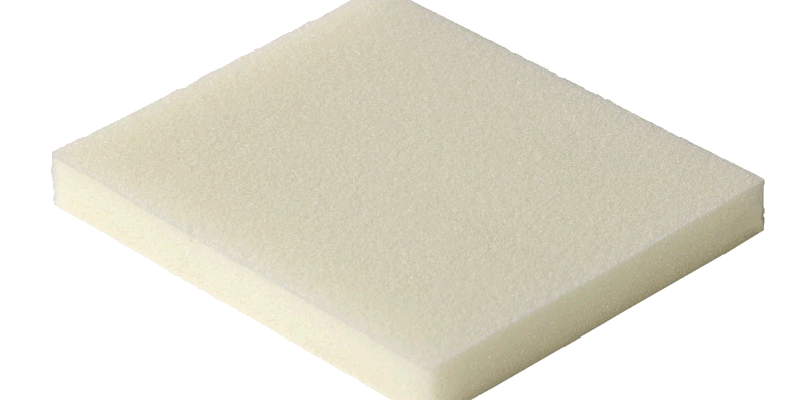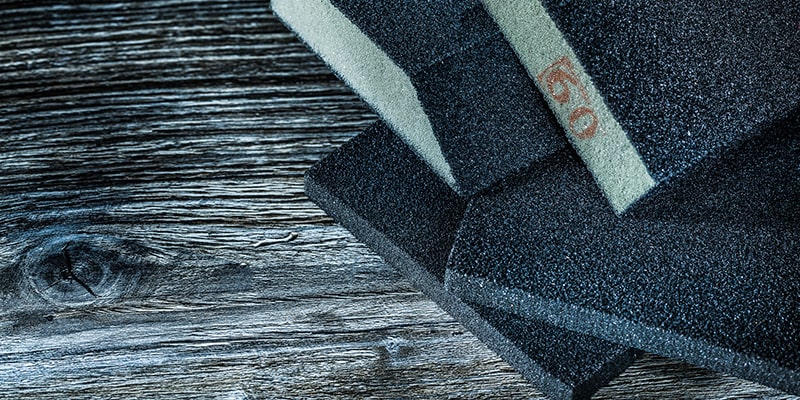As an alternative to sanding paper or sanding cloth upon manual sanding, it is possible to use sanding sponges, which are very practical. The sanding sponge consists of a layer of soft foam, the two wider sides of which are coated with abrasives.
Typical applications of the sanding sponge are:
for sanding wood, plastic and metal
especially suited for sanding shaped parts or profiles (frames, turned surfaces etc.)
used for intermediate sanding of the finishing materials
suitable for home users
| Product name | double-sided sanding sponge with dimensions 120x98x13 mm |
| Backing material | foam |
| Bonding | resin |
| Grain/abrasive | aluminium oxide |
| Coating | closed (the abrasive placement is dense) |
| Additional features | soft foam density |
| Colour | white |
| Grit range | P120 and P180 |
| Application | for dry or wet manual sanding
They can be cleaned to remove clogs! |
Prices of the double-sided sanding sponge with dimensions 120x98x13 mm and with grit size P120 or P180 are 0.40 EUR/pc. This month’s product discount is 10%.
The different density of the foam core and the use by hand may achieve such finishing results which are not quite comparable to the results of finishing with the use of the sandpaper. The comparison parameters for sanding with the sandpaper would be as follows:
| finishing result | is comparable to the results of finishing |
| with the sanding sponge P120 | with the sanding paper P240 |
| with the sanding sponge P180 | with the sanding paper P320 |
These comparison parameters are only indicative, and the final result of sanding with a sanding sponge is still dependent on the user.


